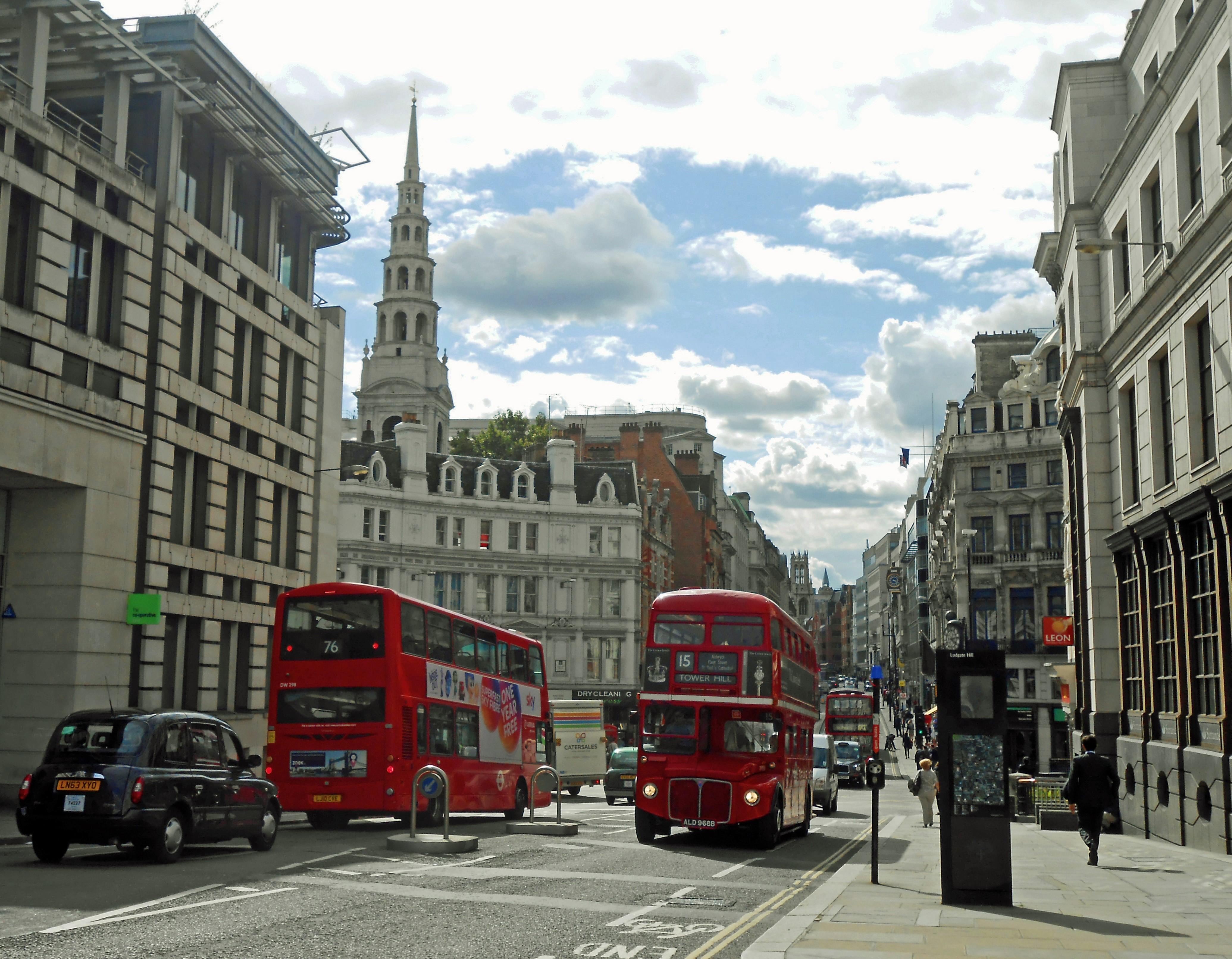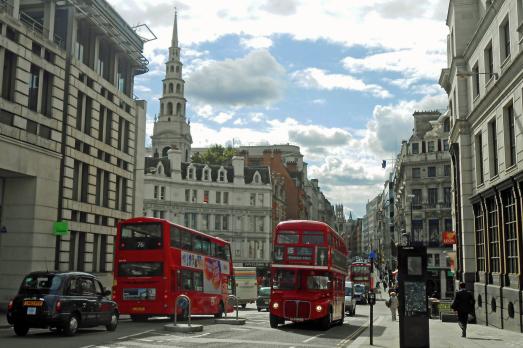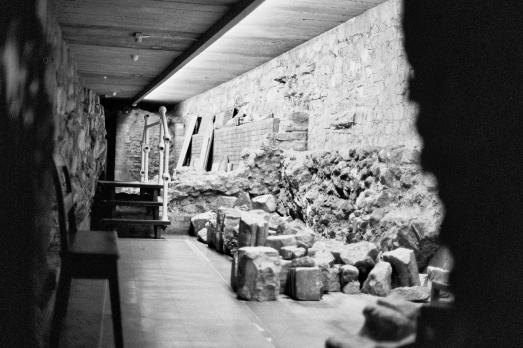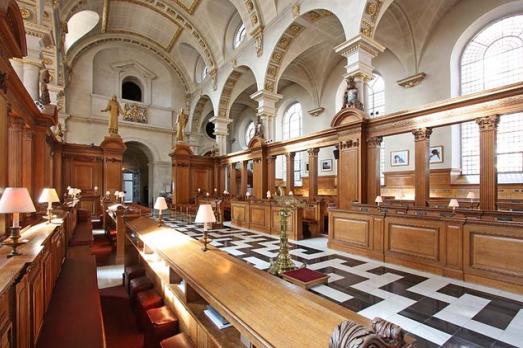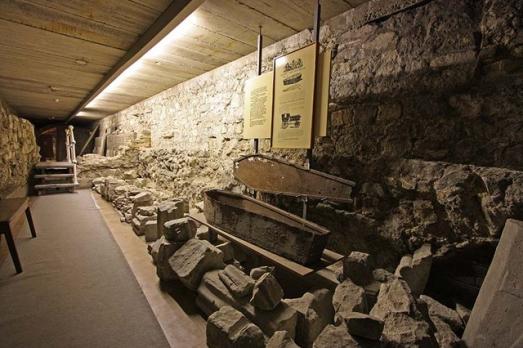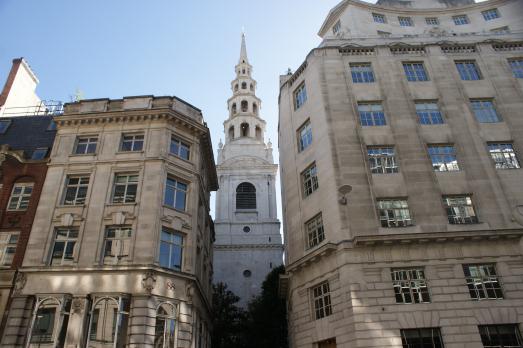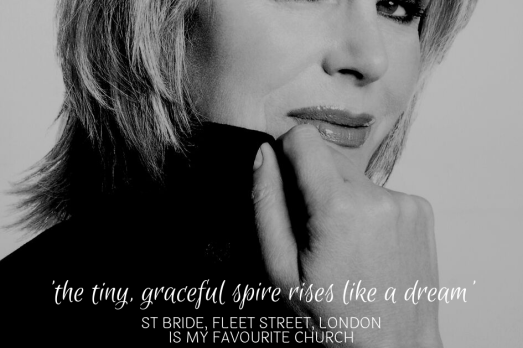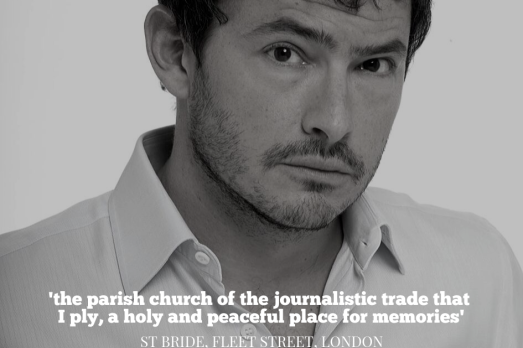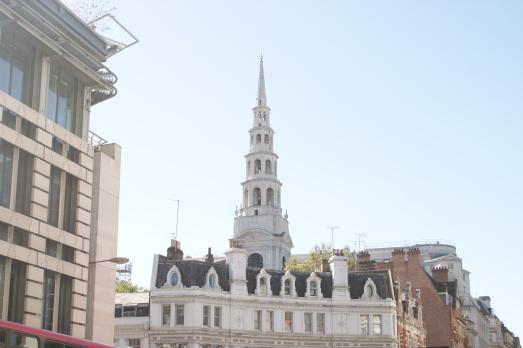The church of St Bride's is justly world famous. To enter its doors is to step into 2,000 years of history, which had begun with the Romans some six centuries before the name of St Bride, daughter of an Irish prince, even emerged from legend to become associated forever with the site.
The story of St Bride's is inextricably woven into the history of the City of London. By the time the Great Fire of 1666 left the church in ruins, a succession of churches had existed on the site for about a millennium, and the area had already assumed its unique role in the emergence of English printing. It took nine years for St Bride's to reappear from the ashes under the inspired direction of Christopher Wren, but for the next two and a half centuries it was in the shadow of the church's unmistakeable wedding cake spire that the rise of the British newspaper industry into the immensely powerful Fourth Estate took place.
Then, in 1940, St Bride's fell victim once again to flames as German incendiary bombs reduced Wren's architectural jewel to a roofless shell. This time 17 years elapsed before rebuilding was completed, although a series of important excavations in 1953 amid the skeletal ruins, led by the medieval archaeologist Professor WF Grimes, came up with extraordinary results, uncovering the foundations of all six previous churches on the site. In addition to the astonishing discovery of Roman remains on the site, the crypts were found to contain thousands of human remains, many of them victims of the Great Plague of 1665 and the cholera epidemic of 1854. The latter claimed 10,000 lives in the City of London, and, as a result, Parliament decreed that there should be no more burials in the city. The crypts were sealed and forgotten about.
Not only the nation, but the Christian world as a whole, was fascinated by the discovery.

